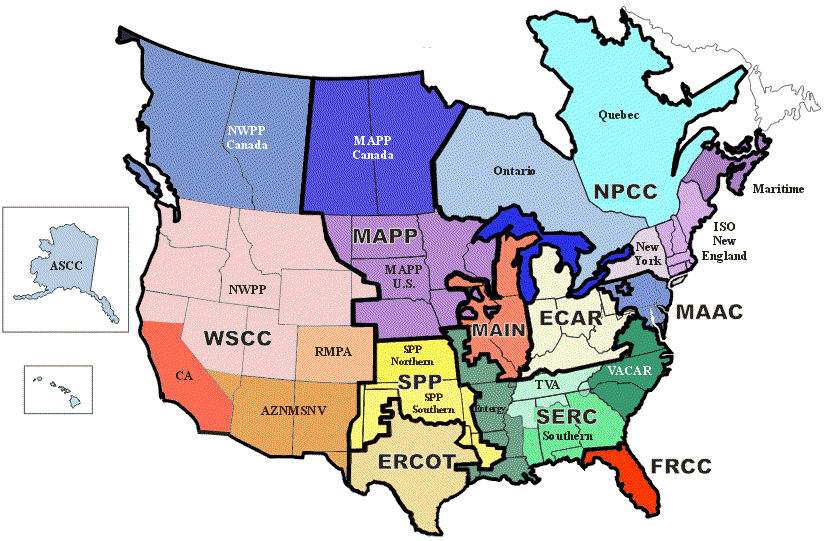
How can utilities and transmission developers convince the necessary stakeholders? Besides needing a massive capital expenditure program, companies will need visionary strategic plans to take it the rest of the way. The new model requires a different grid concept, one that is more flexible and relies less on centralized infrastructure. Already, the old unidirectional model – power from big fossil-fuel power plants located outside city boundaries delivered to consumers located within them – is slowly being supplanted by a bidirectional model based on distributed generation and utility-scale renewables. Generating support may be easier if the effort is to create a new system capable of supporting the transition to a low-carbon economy rather than just fixing an old one. To achieve these numbers, it will require support from the investment community, ratepayers, and public utilities commissions. If we were to also take into account the increase in demand anticipated from adoption of electric vehicles – a potential load growth of more than forty-five percent, according to our research – the United States could be looking at a required capital investment of more than one trillion dollars by 2050 to create a transmission system capable of dealing with the nation’s future needs.
#North american power grid upgrade#
Over the next three decades, we estimate that upward of a hundred and forty thousand miles of transmission lines will come due for replacement. To simply upgrade this infrastructure and maintain the status quo would require an investment of more than seven hundred billion dollars, by our calculations. Because of the rapidly increasing supply of renewable power and expectations for new demand from electrification, the grid will need to change, becoming more decentralized while supplying substantially more power. The industry needs to do more than replace what’s there, and the price tag for the work will be sizable.


But rather than see this as a crisis, utilities need to consider modernization a golden opportunity to unite public officials, consumers, and the industry on a common quest to reimagine transmission.


 0 kommentar(er)
0 kommentar(er)
